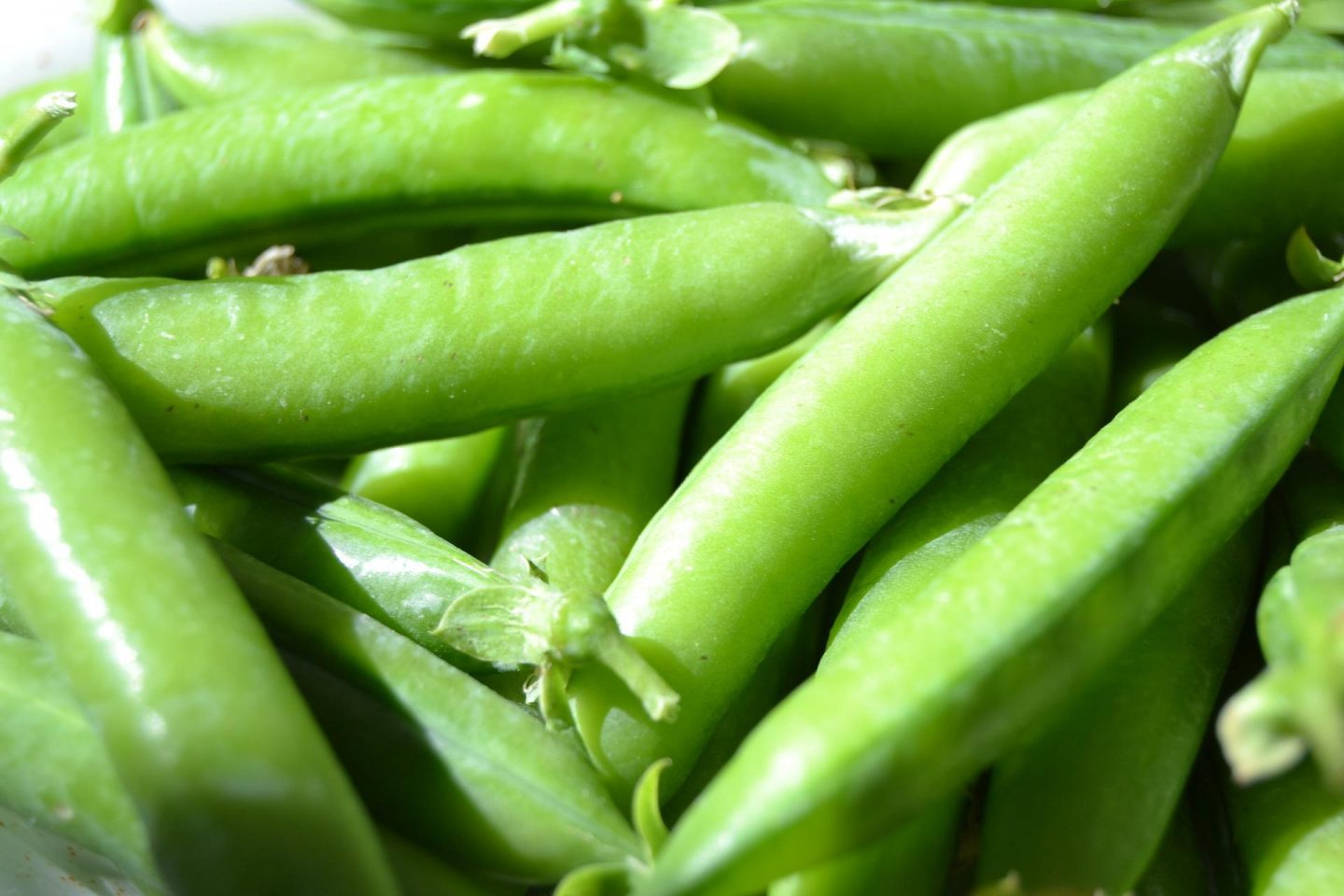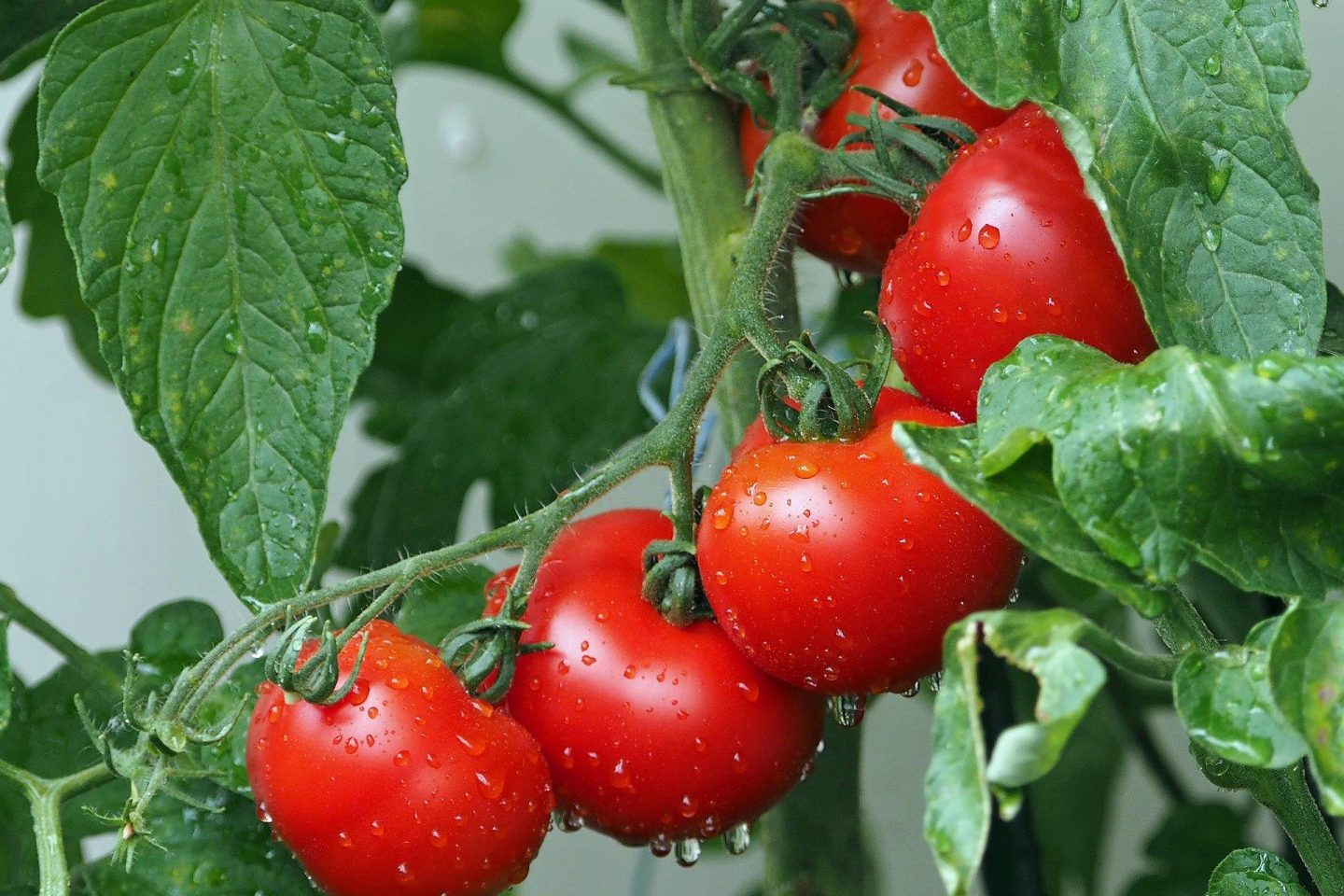Helpful information
Timing: All year around (some vegetables will grow through winter)
Where to do it: Outdoors
Garden space: Small garden, balcony

Timing: All year around (some vegetables will grow through winter)
Where to do it: Outdoors
Garden space: Small garden, balcony

Not all of us have large gardens with space for a vegetable patch, or access to an allotment for growing our own crops. Even so, you can still grow your own vegetables at home. There are many varieties that can be grown in pots in your garden, on your patio or on a small balcony.
Here are some top tips before we look at veg to try.
Choosing containers
There are lots of different containers, pots, grow bags or buckets that you could use for your vegetables.
In general, the deeper it is the better as this will help get water and nutrients to your vegetables. Aim for containers at least 23cm wide and deep, so they don’t dry out too quickly.
Plastic containers are better at holding moisture than clay ones.
Growing fruit and veg in containers at home unlocked something. I was quickly entranced by the growing process.
Annabelle Padwick, Founder Life at No 27
Drainage
Your container must have drainage holes at the bottom, or excess water can’t escape. Before adding compost, put a layer of material at the bottom of the container, such as broken clay pots (‘crocks’) or large stones. This will help drainage.
You could use sticks as drainage material instead of crocks or stones. This will make the container lighter to move.
Working position
If you garden from a seated position, think about the height you will be working at. Ideally your elbows and shoulders should be at right angles so you are not overreaching. Sometimes, putting containers on a chair may make them a more comfortable height than on a table.
Pot placement
Container plants need more watering and feeding than plants in the ground. Group them together to make watering easier.
You could paint your pots and containers, if they are a suitable material. Read our guide to painting pots for advice on clay and terracotta pots.
There are a great variety of vegetables you can grow in pots and containers. Ones that grow upwards (beans, peas, tomatoes) or dwarf varieties can be a good idea if you are short on space.
Here are five of our favourite veg to try in pots and containers.
1. Radishes

Best time to grow: spring and autumn
Radishes are easy to grow, but are often under-rated. They come in a wide range of sizes and colours, from purple and pink to rainbow, and all of them can grow in pots.
2. Sugar snap peas

Best time to grow: spring
Most varieties of sugar snap peas can be grown in pots or containers. They don’t spread too wide or grow too high, so are good for balconies.
3. Beetroot

Best time to grow: spring and early summer
Growing your own beetroot can be a revelation compared to shop-bought. They are straightforward and make great container crops, especially if you choose a quick-growing variety.
4. Tomatoes

Best time to grow: late spring and early summer
Juicy ripe tomatoes, picked straight from the plant, can be enjoyed by anyone who has room for a pot in a sunny sheltered spot. Cherry tomatoes are the easiest to grow.
Read our guide to growing tomatoes for more advice.
5. Potatoes

Best time to grow: mid spring. Some varieties can be planted in early autumn in time for Christmas
Potatoes are top of the list of easy vegetables to grow in a large container, pot or deep grow bag. First early and second early varieties are ideal for pots or containers as you harvest them sooner, when they are smaller.
Growing veg and bringing it into the kitchen is great … it's satisfying to produce my own food.
Lizzie, gardener